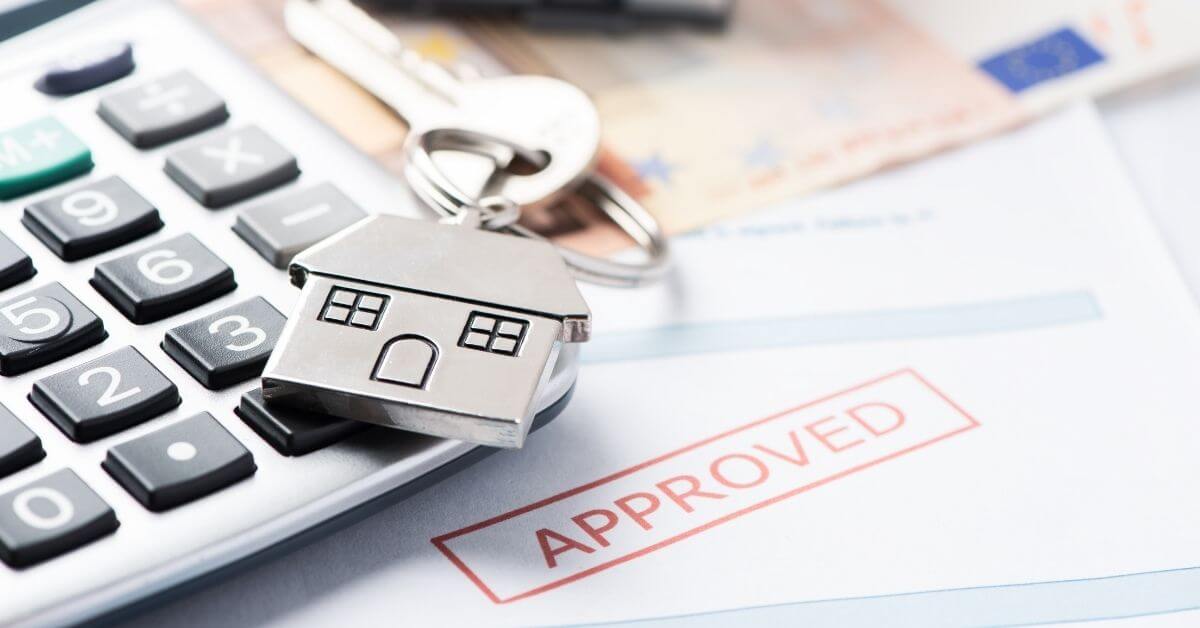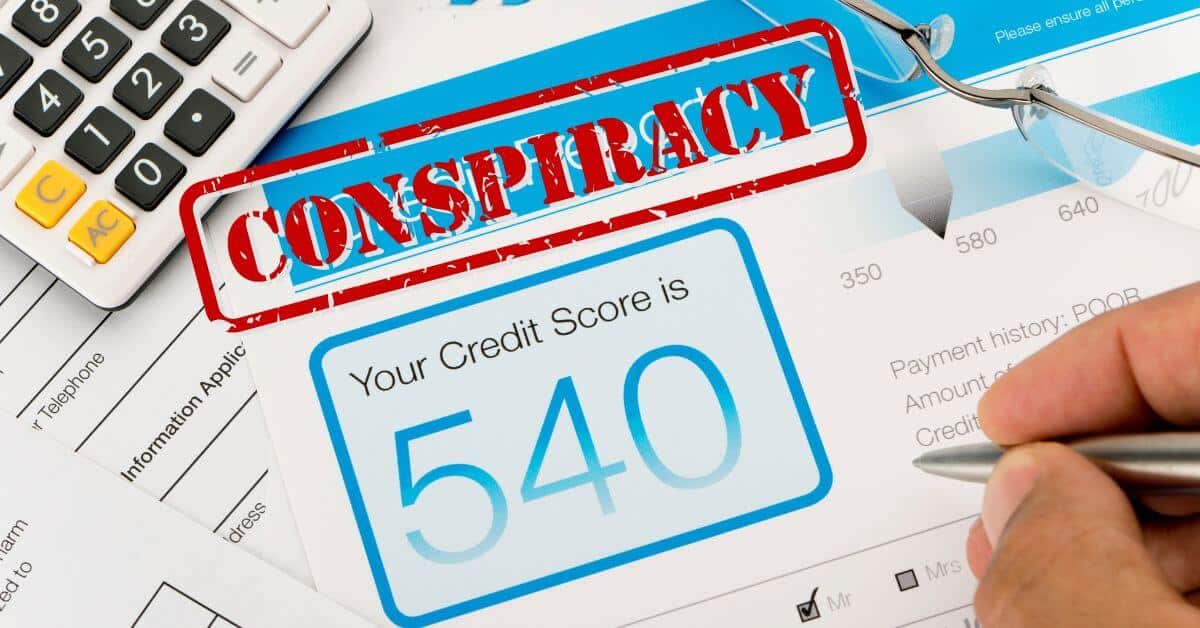Credit impacts almost every aspect of our financial lives. When they’re low, credit scores can cost you hundreds of thousands of dollars in unnecessary interest over your lifetime. On the other hand, a healthy credit score can save you just as much! At no time is the influence of your credit scores more evident than when you apply for a mortgage or refinance an existing mortgage loan.
If you’re suffering from credit score problems, it can feel impossible to qualify for a mortgage. You know you need to improve your credit before you apply, but the process can feel daunting. Where should you focus your credit repair efforts in order to qualify for a mortgage loan?
There is hope! Today, we’ll talk about the steps you’ll need to take. What follows is a simple process outlining what it will take to get your credit reports and scores “mortgage ready.” Don’t be discouraged; the American dream of owning a home is within reach.
Step 1. The Credit Analysis
The first step to any credit improvement plan is to find out what your credit reports are saying about you. We call this the “credit analysis,” and the purpose of this exercise is to review your credit reports for potential errors and to identify any information that may be holding you back.
You’ll need to do this for all three of your credit reports from each of the credit reporting agencies. These are often called The Big Three: Equifax, TransUnion, and Experian. Mortgage lenders will consider all three of your credit reports, so it’s especially important to gather data on each one. As part of the underwriting process, mortgage lenders will pull all three of your credit scores and will base their decision on your middle credit score. If you apply jointly with a spouse or a partner, you can add another three credit reports and three credit scores to the mix.
Step 2. The Credit Improvement Plan
When you run a credit analysis, you’ll also receive score factors along with each of your credit scores. Score factors explain the top four reasons why your credit scores weren’t higher. Score factors are the best way to focus your efforts and determine your game plan. Trying to develop a credit repair strategy without this insight is no more effective than guessing.
Credit scores can be low because of negative information. In most cases, credit repair can remove or delete outdated, unverifiable and or misleading derogatory information from your credit profile. If the damaging information can’t be removed, you may have to endure lower scores for a while longer.
In the meantime, you can help counterbalance some of the negative damage by focusing your efforts on adding new, positive credit information to your credit reports. Some good methods for adding positive information to your credit reports include a secured credit card, the authorized user strategy and the credit builder loan.
If your credit reports show that you have unpaid debts or past due balances, you’ll need to address them prior to applying for a mortgage. Paying or settling outstanding debts won’t improve your credit scores, but mortgage lenders will require that you pay or settle the debts before you close on a mortgage loan.
Step 3. Determining When You’re Creditable, and That’s At FICO 620
What does it mean to be “creditable”? When your credit scores have improved enough to qualify for a mortgage from a lender, you’re creditable. You’ll be creditable when your FICO score hits 620, but don’t stop your improvement efforts too soon. Interest rates and terms will vary by lender, but the better your score, the better deal you’ll get. To illustrate how your middle score will influence the interest rate and monthly payment on a $300k loan, here’s a look at the latest rates on a 30 year fixed mortgage:
| FICO Score | APR | Monthly Payment |
| 760-850 | 4.401% | $1,502 |
| 700-759 | 4.623% | $1,542 |
| 680-699 | 4.800% | $1,574 |
| 660-679 | 5.014% | $1,613 |
| 640-659 | 5.444% | $1,693 |
| 620-639 | 5.990% | $1,797 |
Step 4. Execute
When you reach your target score, it’s time to start applying! Don’t hesitate to apply liberally. FICO’s credit scores will ignore mortgage-related inquiries during their first 30 days on your credit reports. This gives you the opportunity to shop rates from several different lenders in order to get the best possible deal.
Put the brakes on ANY new credit applications or heavy credit card usage while you’re going through the home buying process! Applying for new credit or making large purchases could inadvertently lower your credit scores and adversely impact your debt-to-income ratio. This, in turn, could impact your ability to close on the mortgage loan.
This principle applies until you have the keys to your new home in your hand! The lender can (and probably will) pull your credit reports and FICO scores as late as your commute to the closing table. Make sure that nothing new has hit your credit reports that could stop the deal in its tracks. This means waiting to buy furniture or making any other significant purchases until after every piece of paper is signed!
To learn more about rebuilding or establishing credit call InCreditable Advisors today at 317.202.1297 to schedule a consultation with one of our friendly credit advisors.







